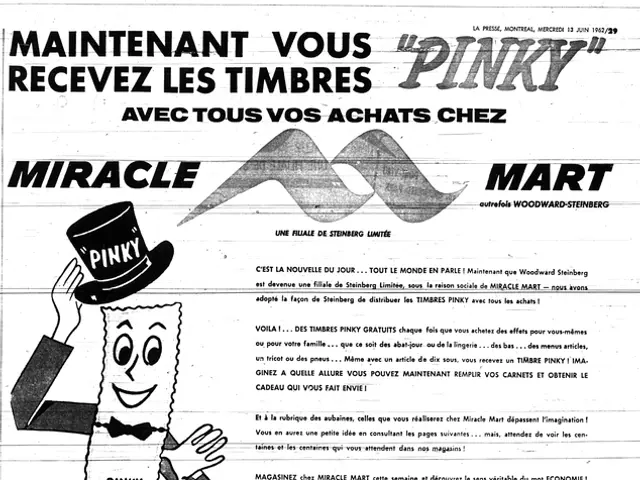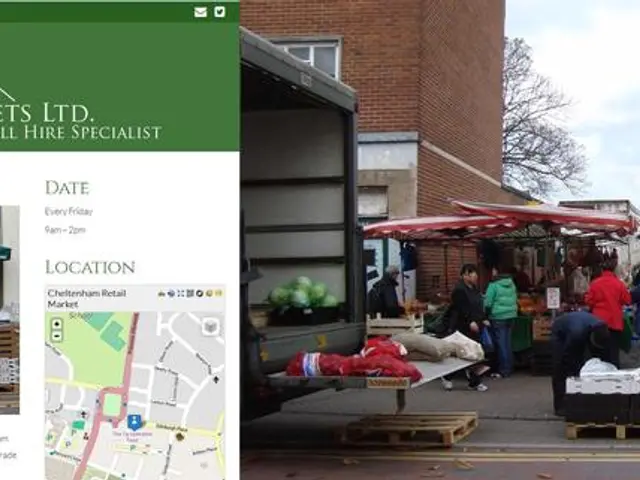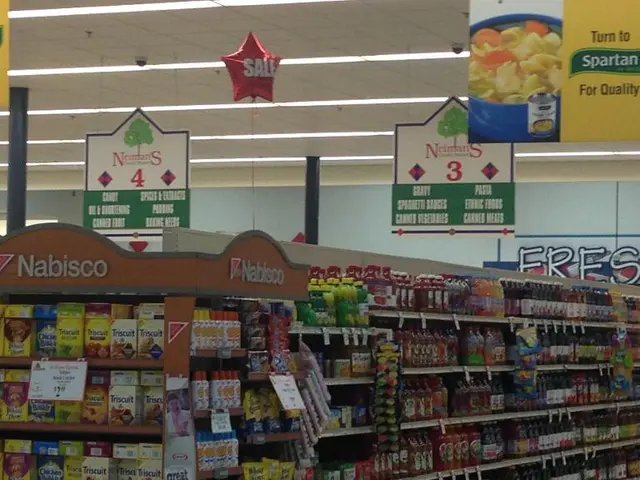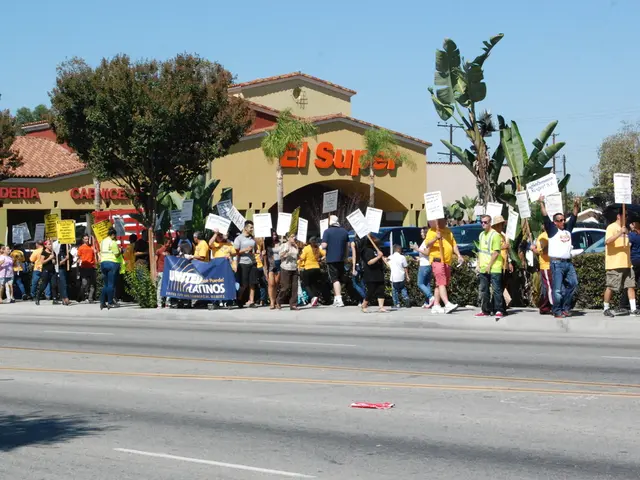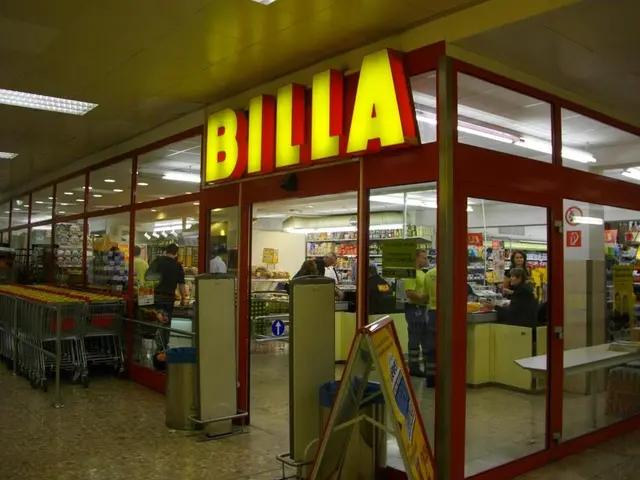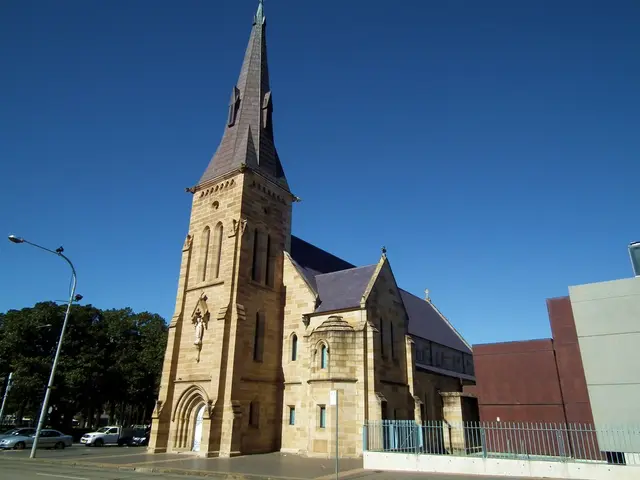Momentum-Drive-Rotation Mechanism Structure
In the dynamic world of business and personal development, the concept of traction has emerged as a significant milestone. Traction, during the early stages of a startup's journey, is all about building the foundation for everything that follows. It's a phase where you establish processes, understand your market, refine your product, and learn what works and what doesn't. However, it's essential to remember that traction is considered the foundation, not the destination, in the journey towards success.
The flywheel model, a popular framework in business and personal development, offers a unique approach to achieving this continuous momentum. This model replaces the traditional linear sales funnel with a cyclical process that keeps spinning, gaining speed as more energy (effort, resources, happy customers) is added and friction (obstacles, dissatisfaction) is removed.
The flywheel works through three key stages: Attract, Engage, and Delight.
- Attract: In this stage, potential customers are drawn in through valuable content, marketing, and trust-building activities.
- Engage: Once the prospects are on board, they are nurtured by addressing their needs and pain points with personalized communication and helpful resources.
- Delight: The third stage involves exceeding customers’ expectations to turn them into loyal advocates who generate positive word-of-mouth and repeat business.
As delighted customers refer new prospects, they add "force" to the flywheel, accelerating growth. This model builds upon initial traction by continuously reinforcing itself—happy customers keep driving growth without additional heavy spending on acquisition. This creates a self-sustaining cycle where momentum compounds over time, leading to exponential returns as the flywheel spins faster and faster.
A notable example of a self-sustaining flywheel is Amazon’s, where more sellers increase product choice, which enhances the shopping experience, attracting more customers and creating price competition—all of which fuels greater growth and seller success on the platform.
The transformation from startup to scale follows a predictable journey across these three distinct stages. The primary value of traction lies in the knowledge and systems it helps you develop, not in the immediate results it produces. Each stage builds upon the previous one, creating a cascade of increasing value and decreasing effort over time. The ultimate goal is not traction but the self-sustaining flywheel that generates exponential returns.
In conclusion, the flywheel model shifts focus from one-time transactions to ongoing relationships and satisfaction. By continuously adding energy through customer delight and removing friction, businesses and individuals generate accelerating momentum that compounds into exponential business growth or personal development. The world of business and personal development often celebrates traction as a significant goal, but it's important to remember that it's transitional, not permanent, in the journey towards success.
- In the journey of startups, traction serves as a crucial stepping stone, facilitating the development of processes, understanding the market, refining products, and learning effective strategies.
- The flywheel model, a relevant framework in business and personal development, introduces a cyclical process for gaining continuous momentum, replacing the linear sales funnel.
- In the Attract stage of the flywheel, potential customers are drawn in through valuable content, marketing, and trust-building activities.
- Once on board, prospects are nurtured in the Engage stage through personalized communication, addressing their needs, and providing helpful resources.
- The Delight stage involves exceeding customers' expectations, transforming them into loyal advocates who generate positive word-of-mouth and repeat business.
- Successful businesses and individuals leverage the self-sustaining flywheel to generate accelerating momentum, leading to exponential business growth or personal development by continuously adding customer delight and removing obstacles.

